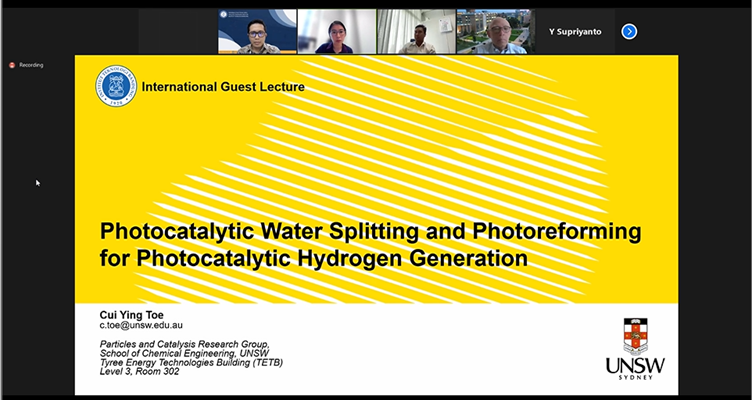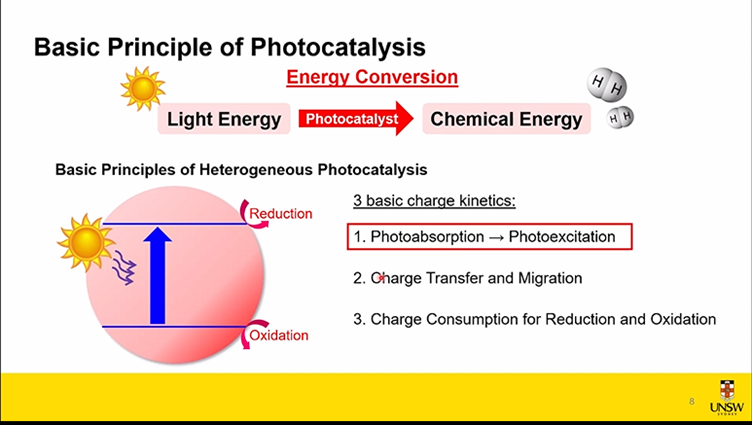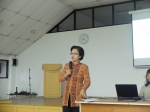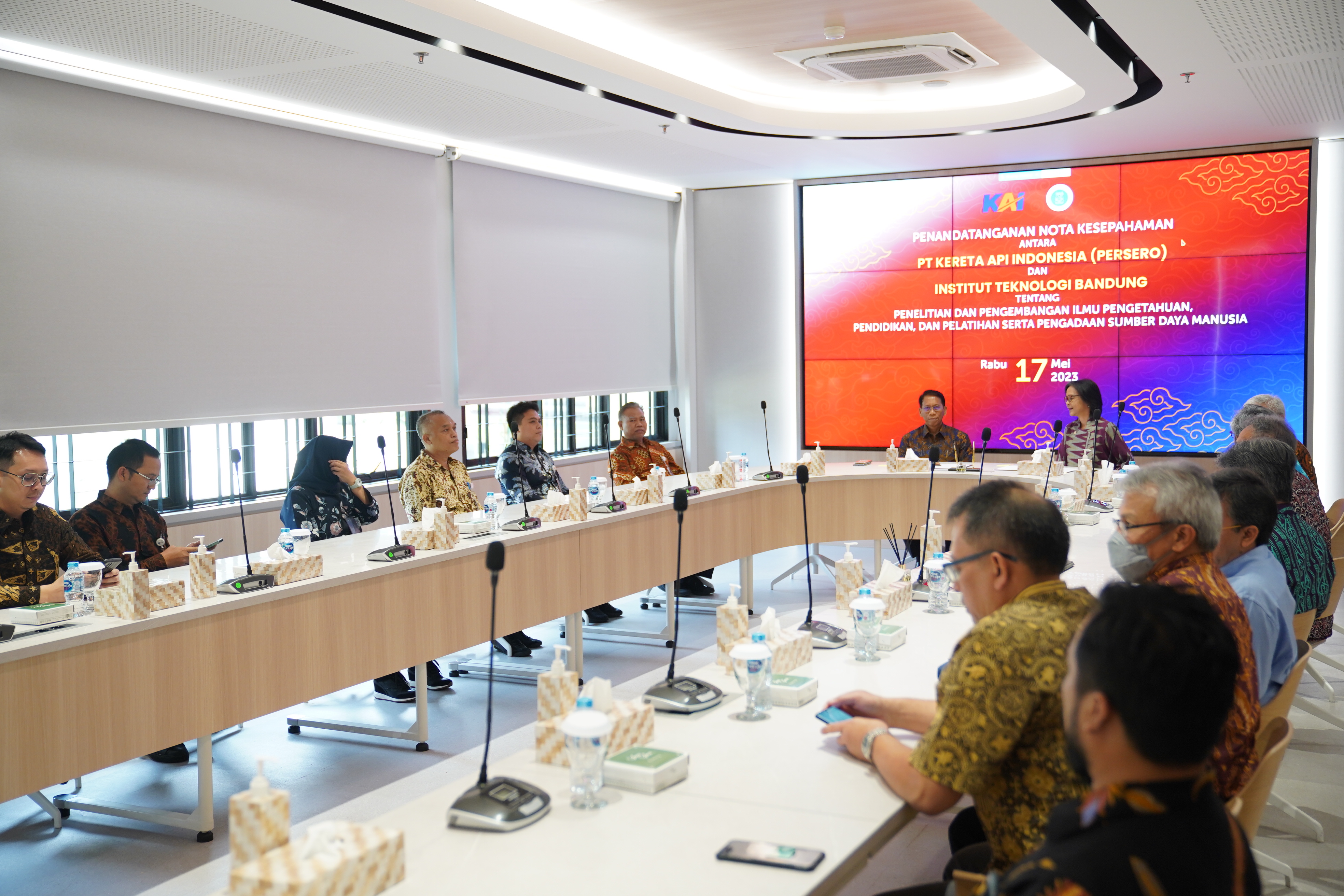Guest Lecture: Photocatalytic Technology for Liquid Water Treatment
By Adi Permana
Editor Adi Permana

BANDUNG, itb.ac.id–Photocatalyst and photocatalytic are two words that might sound foreign to our ears. And yet, these technologies experience rapid development in many countries with respect for its organic liquid waste treating ability.
Through the international guest lecture held by the Chemical Engineering Study Program, Faculty of Industrial Technology, Institut Teknologi Bandung (Course TK4039): Photoelectrochemical and Photocatalytic Technology, Chemical Engineering ITB and University of New South Wales (UNSW) introduced photocatalytic technologies and its perks. Dr. Cui Ying Toe, representing University of New South Wales Postdoctoral Research Associate, was the source person for last Monday’s (4/4/2022) learning material.
Dr. Toe delivered materials concerning Photocatalytic Water Splitting and Photoreforming for Photocatalytic Hydrogen Generation. He explained, the term photocatalyst stemmed from the word ‘photo’ or light, and ‘catalyst,’ a substance that accelerates chemical reactions.
Photocatalyst thus refers to catalytic substances that utilize rays or light. The photocatalytic process is applied to treat liquid waste containing organic matters, such as phenol.

Dr. Toe emphasized the two types of photocatalysis, homogeneous and heterogeneous photocatalysis. Both processes have their own set of advantages and disadvantages per their application.
“In homogeneous photocatalysis, all the reactants, products, and photocatalysts exist at the same phase. In general, this type involves molecular catalyst and photo-absorber. Meanwhile, the latter type will have a component differing in phase from the rest and usually involves semiconductor photocatalyst,” explains Dr. Toe. The advantages of homogeneous photocatalysis for example, is its high selectivity and its ability to perform high-intensity activities. On the other hand, heterogeneous ones are more stable, reusable, and easier to separate.
In the photocatalytic process, light energy is transformed into chemical energy. There are three supporting principles of this transformation: photoabsorption, migration (charge transfer), and charge consumption for reduction and oxidation.
Photocatalysis has several advantages over other technologies, such as PV-Electrocatalysis and Photoelectrocatalysis. “Photocatalytic technology has an uncomplicated application, directly converted solar energy source, not requiring external energy input, and efficient both in terms of performance and cost,” added Dr. Toe.
Reporter: Yoel Enrico Meiliano (Food Engineering, 2020)
Translator: Firzana Aisya (School of Life Sciences and Technoloy, 2021)

.jpg)


.jpg)
.jpg)

.jpg)
